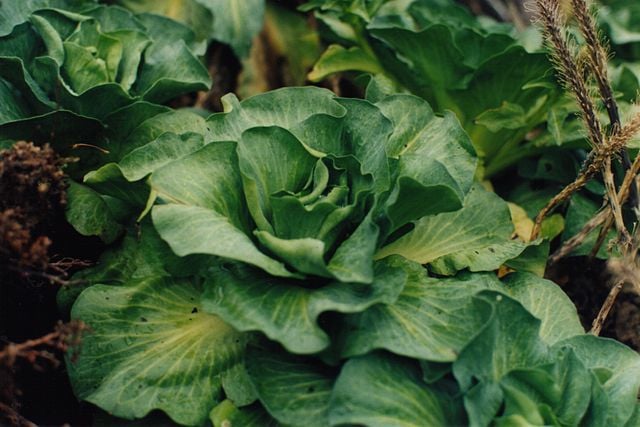How plants survive some of the most inhospitable climates on the planet has long been of great interest to scientists. Species such as acaena magellanica, otherwise known as buzzy burr, manage to exist – against the odds – in harsh, challenging conditions on the sub-Antarctic islands.
Buzzy Burr (acaena magellanica)
This perennial species, referred to as the buzzy burr or greater burnet (acaena magellanica) is found in the far south of South America in Chile and Argentina, as well as on sub-Antarctic islands including the Falkland Islands, South Georgia, the Heard Island and McDonald Islands, Kerguelen Islands, Crozet Islands and Prince Edwards Islands.
Additional information about the buzzy burr (acaena magellanica):
- They prefer wet soil, thriving in bogs and along riverbanks and up to altitudes of 13,800-ft. (4,200m).
- The buzzy burr (acaena magellanica) grows globular flowers that reach a height of 6-in. (15cm).
- These flowers are red in color and are replaced by brown seed heads. Covered in prickly hooks, these seed heads are designed to attach to fur, feather and human clothing, thus allowing the new seeds to be easily dispersed.
Campbell Island carrot (Anisotome latifolia)
Growing up to 79-in. (2m) in height, the Campbell Island carrot (anisotome latifolia) is another perennial species. Interestingly, it forms part of the group of megaherbs that exist on the Campbell and Auckland sub-Antarctic islands.

By Twiddleblatt (Anisotome latifolia) [CC by 2.0] via Wikimedia Commons
Additional information about the Campbell Island carrot (anistotome latifolia):
- The Campbell Island carrot (anistotome latifolia) grows leathery leaves that are between 12-24-in. (30-60cm) long and 4-8-in. (10-20cm) wide.
- This plant’s flowers are white or pink in color and bloom between October and February.
- It prefers peaty soil and lives in areas inhabited by other megaherbs.
Ross lily (bulbinella rossii)
Another of the megaherbs found on the New Zealand sub-Antarctic islands, the Ross lily (bulbinella rossii) is named after James Clark Ross, a British explorer who traveled to Campbell Island in 1840.
Additional information about the Ross lily (bulbinella rossii):
- This perennial lily grows to a height of 3-ft. (1m), producing long, fleshy leaves that span out from the plant and an inflorescence composed of a cluster of golden flowers.
- Its flowers bloom between October and January.
- The Ross lily (bulbinella rossii) can grow anywhere from sea level to areas of high altitude.
Kerguelen cabbage (Pringlea antiscorbutica)
Inhabiting some of the remotes places on earth, the Kerguelen cabbage (pringlea antiscorbutica) is a flowering plant that is self-pollinating, an adaptation in response to the absence of insect pollinators and the strong winds experienced on the Heard Island and McDonald Islands, Crozet Islands, Prince Edwards Island and Kerguelen Islands where it is found.

By B. Navez (Kerguelen’s cabbage) [CC by 2.5] via Wikimedia Commons
- It grows up to a width of 20-in. (50cm) and flowers in its fourth year, with its inflorescence projecting from the middle of the plant.
- The leaves of the Kerguelen cabbage (pringlea antiscorbutica) are edible and high in potassium as well as an oil rich in Vitamin C.
- Historically, soldiers voyaging through the region would cook the Kerguelen cabbage (pringlea antiscorbutica) to supplement their diet, helping them to stave off scurvy.
Featured image: By Liam Quinn (Greater Burnet (Acaena magellanica)) [CC by 2.0] via Flickr
No comments yet
There are no comments on this post yet.






Leave a comment